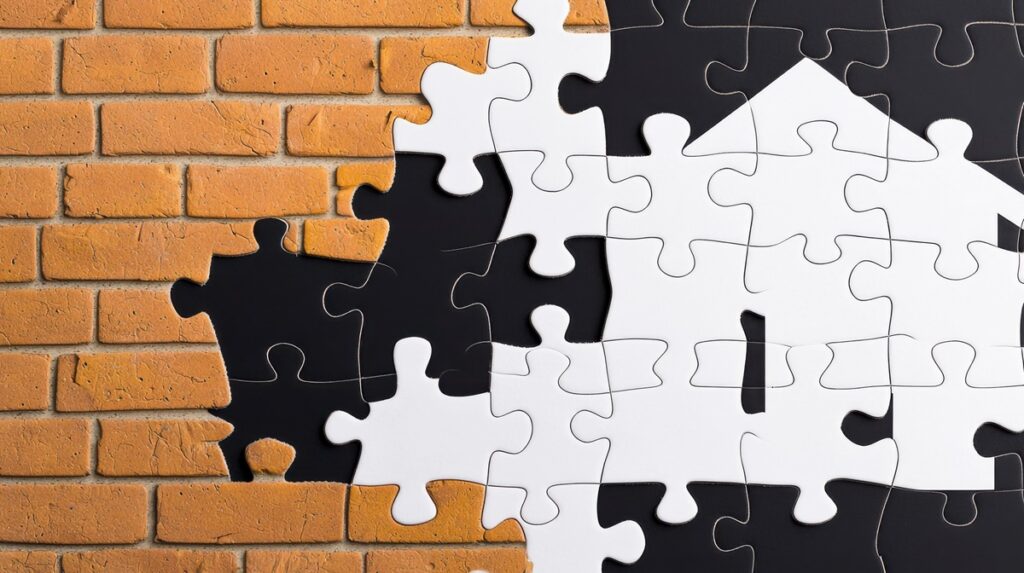While the nation struggles with mortgage rates nearing the 7% mark, home prices at all-time highs, and continued economic uncertainty, entrepreneur Mark Cuban has taken to the social media platform Bluesky to highlight what he feels will be a major hurdle to overcome in attaining homeownership.
“Home insurance in areas hit by repetitive disasters is going to be the number one housing affordability issue over the next 4 years. And possibly going into the midterms. More so than interest rates,” said Cuban in a post on Bluesky. “Florida, in particular, is going to have huge problems.”
The nation’s homeowners have been hit by rising insurance premiums have been steadily increasing due to factors like rising claims costs, inflation, increased construction costs, as well as climate change, with frequent and more intense weather events becoming more commonplace.
“Every single head of household has to face these issues,” said Cuban in a follow up post. “The two most volatile and impactful home finance issues are healthcare and insurance. I would be all over this topic, talking to homeowners everywhere and letting them speak about their challenges.”
As the nation enters the 2025 hurricane season, a recent report from the U.S. Department of the Treasury’s Federal Insurance Office (FIO) found the average homeowners’ insurance premium per policy increased 8.7% faster than the rate of inflation from 2018-2022, with some consumers in more at-risk areas faced substantially larger premium increases than the national average.
The report, “Analyses of U.S. Homeowners Insurance Markets, 2018-2022: Climate-Related Risks and Other Factors,” analyzed the private U.S. homeowners insurance market through an examination of homeowners insurance policies that includes information from more than 246 million policies from 2018 through 2022, aggregated to the ZIP Code level, or an annual average of 49.3 million policies. The dataset represents approximately 80% of premiums written by private homeowners’ insurers in the U.S. for the two most common forms of homeowners insurance policies.
Severe floods, wildfires, and hurricanes have become more frequent, which must be factored into the underwriting of property insurance. According to the Insurance Information Institute, “cumulative replacement costs related to homeowners’ insurance soared 55% between 2020 and 2022,” a cost that inevitably falls onto the backs of the nation’s homeowners.
Flooding and Flood Zones
Flooding has become more frequent of late, growing increasingly severe due to climate change, leading to the expansion of flood zones, and placing more properties at risk. Rising sea levels, combined with other factors like extreme rainfall and urban development in flood-prone areas, are exacerbating the situation, and in some cases, have led to insurance companies pulling out of some markets altogether.
“Flooding remains a complex challenge with no quick fix, especially in densely populated urban areas,” according to Think Landscape. “But despite the risks, cities are continuing to expand into high-risk flood zones.”
Sunshine State in the Crosshairs
As Cuban noted in his post, Florida’s housing market has been significantly impacted by hurricanes, leading to both physical damage and drastic shifts in property values. Hurricanes have caused extensive damage to homes, including structural damage, flooding, and wind damage, requiring major repairs or even demolition. These storms can also lead to rate hikes in insurance premiums and seismic shifts in housing supply and demand, potentially impacting property values.
And with the National Oceanic and Atmospheric Administration (NOAA) predicting “above-normal” hurricane activity in the Atlantic this season, Florida and states along the Atlantic coast remain targets once again in 2025.
Residents in the Sunshine State are still cleaning up after Hurricane Milton made landfall last October. Hurricane Milton was one of the strongest hurricanes on record in the Atlantic Basin, reaching a force of Category 5, but was downgraded to a Category 3 as it made landfall, causing approximately $34 billion in estimated damages.
Feeling the Sting of Premium Hikes
Factoring into the affordability issue raised by Cuban, homeowners are forced to not only weather storms brought upon by Mother Nature, but the financial windfall brought upon by spikes in home insurance premiums.
According to a recent LendingTree analysis, home insurance rates have spiked 40.4% cumulatively across the U.S. in six years. From 2019-2021, home insurance rates remained relatively level, with 2021 seeing the biggest jump at 3%. Rates have since risen faster, with increases of 5.4%, 11.0% and 11.4% in 2022, 2023 and 2024, respectively.
“Insurance companies have been raising their rates to keep up with their escalating expenses,” said LendingTree Home Insurance Expert and Licensed Insurance Agent Rob Bhatt. “The early 2020s saw an uptick in natural disasters and inflation. Insurance companies have had to rebuild more homes than normal, and the cost of rebuilding each one has become more expensive.”
Another factor in the equation is the cost of rebuilding and now, tariffs imposed by the Trump administration have begun to weigh on rebuild process.
“Home insurance companies had significant expenses in 2023,” Bhatt added. “In seven states, they paid out more in claims than they earned in premiums. Like companies in other industries, they need to earn more than they spend to remain solvent. Unfortunately, they often have to raise their rates to accomplish this goal.”
The rise in building material costs—from softwood lumber to distribution transformers—is driving up the cost of constructing homes and further harming housing affordability. The National Association of Home Builders (NAHB) estimates that $204 billion worth of goods were used in the construction of both new multifamily and single-family housing in 2024. Of that total, $14 billion worth were imported from outside the U.S., meaning approximately 7% of all goods used in new residential construction originate from a foreign nation and may have a tariff imposed upon it moving forward.
Further, NAHB found that the cost of building materials had already risen by 34% since December 2020, a total that outpaced the rate of inflation. Data from the NAHB/Wells Fargo Housing Market Index (HMI) April 2025 survey reveals that builders estimate a typical cost added to the price of each home from recent tariff actions at $10,900 per home.





